-
About
- About Listly
- Community & Support
- Howto
- Chrome Extension
- Bookmarklet
- WordPress Plugin
- Listly Premium
- Privacy
- Terms
- DMCA Copyright
- © 2010-2025 Boomy Labs
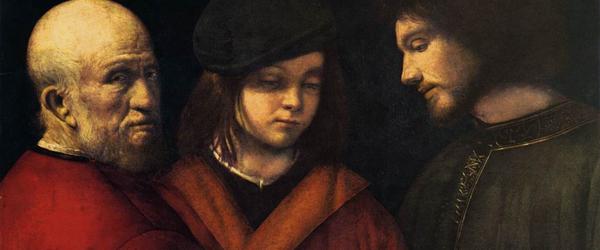

 Spyros Thalassinos
Spyros Thalassinos
Listly by Spyros Thalassinos
Great Artists of the Renaissance
Source: http://design-haven.com
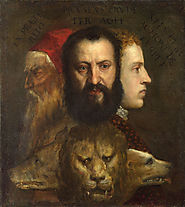
Tiziano Vecelli or Tiziano Vecellio (c. 1488/1490[1] - 27 August 1576[2]) known in English as was an Italian painter, the most important member of the 16th-century Venetian school. He was born in Pieve di Cadore, near Belluno (in Veneto), in the Republic of Venice.

Leonardo da Vinci born Leonardo di ser Piero da Vinci (April 15, 1452 - May 2, 1519) was an Italian Renaissance polymath: painter, sculptor, architect, musician, scientist, mathematician, engineer, inventor, anatomist, geologist, cartographer, botanist, and writer whose genius, perhaps more than that of any other figure, epitomized the Renaissance humanist ideal.

Sandro Botticelli or Alessandro di Mariano di Vanni Filipepi (c. 1445 - May 17, 1510) was an Italian painter of the Early Renaissance. He belonged to the Florentine school under the patronage of Lorenzo de' Medici, a movement that Giorgio Vasari would characterize less than a hundred years later as a "golden age", a thought, suitably enough, he expressed at the head of his Vita of Botticelli.

Hieronymus Bosch born Jheronimus van Aken (c. 1450 - 9 August 1516), was a Dutch painter. His work is known for its use of fantastic imagery to illustrate moral and religious concepts and narratives. Movements: Renaissance Little is known of Bosch's life or training.
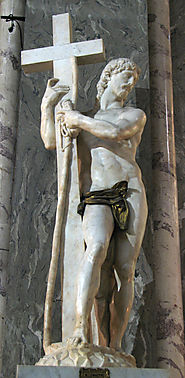
Michelangelo di Lodovico Buonarroti Simoni (6 March 1475 - 18 February 1564), commonly known as Michelangelo , was an Italian Renaissance sculptor, painter, architect, poet, and engineer who exerted an unparalleled influence on the development of Western art.
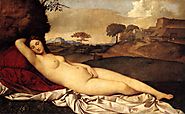
Giorgione is known for the elusive poetic quality of his work, though only about six surviving paintings are acknowledged for certain to be his work. The resulting uncertainty about the identity and meaning of his art has made Giorgione one of the most mysterious figures in European painting.
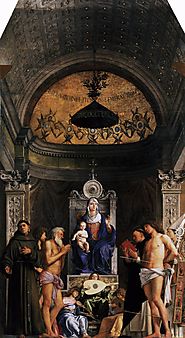
Giovanni Bellini (c. 1430-1516) was an Italian Renaissance painter, probably the best known of the Bellini family of Venetian painters. He is considered to have revolutionized Venetian painting, moving it towards a more sensuous and colouristic style. Through the use of clear, slow-drying oil paints, Giovanni created deep, rich tints and detailed shadings.
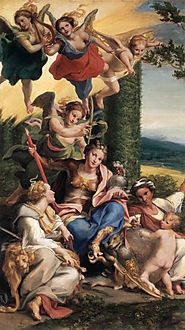
Antonio Allegri da Correggio (August 1489 - March 5, 1534), usually known as Correggio, was the foremost painter of the Parma school of the Italian Renaissance, who was responsible for some of the most vigorous and sensuous works of the 16th century.

Tintoretto (September 29, 1518 - May 31, 1594), real name Jacopo Comin, was a Venetian painter and a notable exponent of the Renaissance school. For his phenomenal energy in painting he was termed Il Furioso. His work is characterized by its muscular figures, dramatic gestures and bold use of perspective in the Mannerist style, while maintaining color and light typical of the Venetian School.
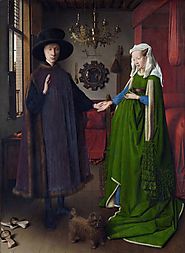
Jan van Eyck (or Johannes de Eyck)(c. 1395 - 1441) was a Flemish painter active in Bruges and is generally considered one of the most significant Northern European painters of the 15th century. The few surviving records indicate that he was born around 1390, most likely in Maaseik.
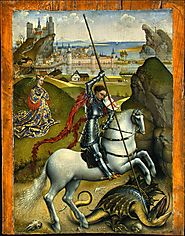
Rogier van der Weyden or Roger de la Pasture (1399 - 1464) was an Early Flemish painter. His surviving works consist mainly of religious triptychs, altarpieces and commissioned single and diptych portraits. Although his life was generally uneventful, he was highly successful and internationally famous in his lifetime.
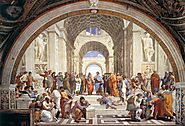
Raffaello Sanzio da Urbino (1483 - 1520), better known simply as Raphael, was an Italian painter and architect of the High Renaissance. His work is admired for its clarity of form and ease of composition and for its visual achievement of the Neoplatonic ideal of human grandeur.

Pieter Bruegel the Elder [ c. 1525 - 9 September 1569) was a Flemish Renaissance painter and printmaker known for his landscapes and peasant scenes (so called genre painting). He is sometimes referred to as the "Peasant Bruegel" to distinguish him from other members of the Brueghel dynasty, but he is also the one generally meant when the context does not make clear which Brueghel is being referred to.

Luca Signorelli (c. 1445 - 16 October 1523) was an Italian Renaissance painter who was noted in particular for his ability as a draughtsman and his use of foreshortening. His massive frescoes of the Last Judgment (1499-1503) in Orvieto Cathedral are considered his masterpiece.
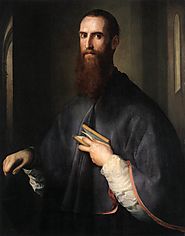
Jacopo Carucci (May 24, 1494 - January 2, 1557), usually known as Jacopo da Pontormo, Jacopo Pontormo or simply Pontormo, was an Italian Mannerist painter and portraitist from the Florentine school. His work represents a profound stylistic shift from the calm perspectival regularity that characterized the art of the Florentine Renaissance.
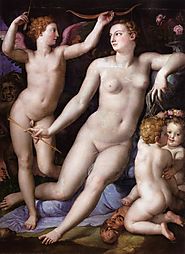
Agnolo di Cosimo (November 17, 1503 - November 23, 1572), usually known as Il Bronzino, or Agnolo Bronzino (mistaken attempts also have been made in the past to assert his name was Agnolo Tori and even Angelo (Agnolo) Allori), was an Italian Mannerist painter from Florence.
